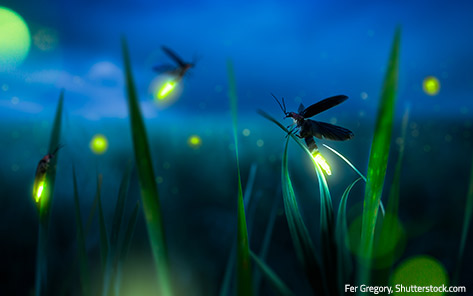
Bioluminescence: combining biology, chemistry, and bionics
Integrate key principles from biology, chemistry, and engineering with a set of experiments based on…

Learn from nature: biomimicry can be an inspiring interdisciplinary teaching tool that motivates students through engagement with real-world problems.
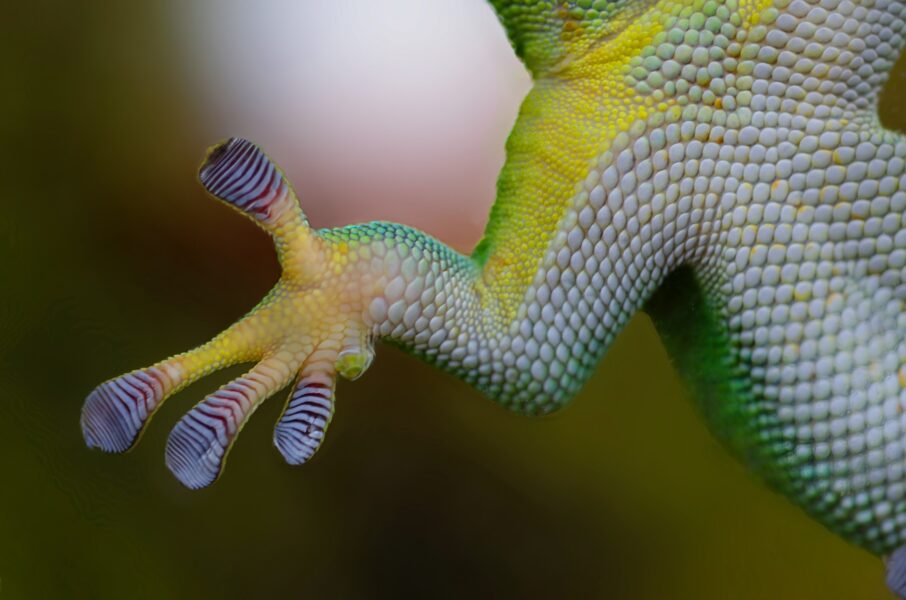
“I really enjoyed creating a solution to a given problem. It was very fun and it gave me a different perspective of thinking that I didn’t know I had.” So says a young Croatian student after a day using biomimicry to create solutions to a challenge she selected as a barrier to her future.
Biomimicry has been described in many ways, but essentially it means to imitate life. We can learn from and then emulate natural forms, processes, and ecosystems to create more sustainable designs.[1] Stier[2] prefers the term ‘a nature-inspired approach’ and writes: “nature-inspired engineering means addressing design questions and opportunities by looking to the living world for ideas.” However we describe it, biomimicry helps us look at nature in new ways to find solutions to human challenges, as we seek to live more just and sustainable lives on this finite planet.
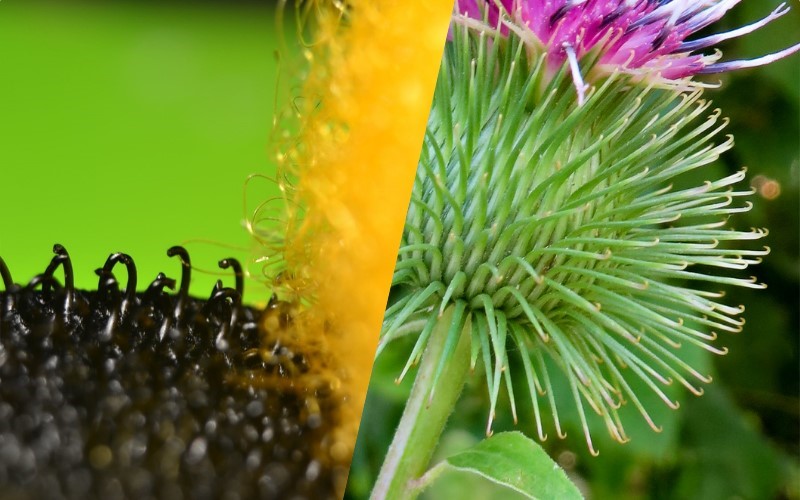
Biomimicry offers great scope for STEM teaching. The process of biomimicry design integrates science, design, and engineering. Biology and physics can be used, for example, to explore how different organisms create colour through structure rather than dyes, design is then used to consider how natural strategies can be translated to a human design solution – perhaps cars with vibrant colours that never fade and are free from chemical pollutants, and engineering to pattern new surfaces onto steel. This approach encourages inter-disciplinary collaboration and teamwork.
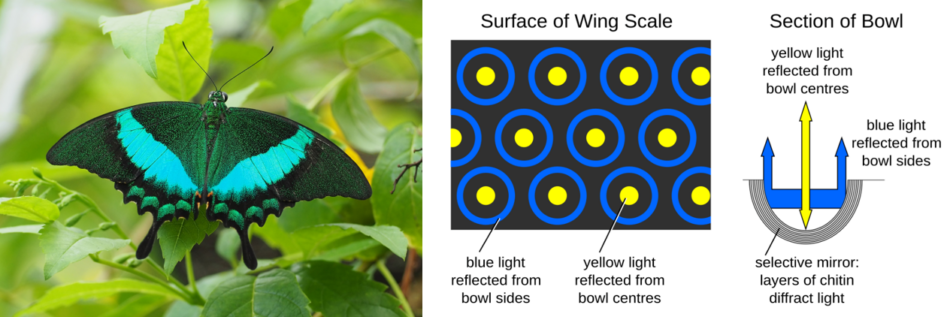
The attraction for young people is that they are truly involved in future developments as they come up with realistic designs and lobby stakeholders like city planners, engineering departments of universities, and companies. They learn how to work with their peers and collaborate with different people to develop and promote their designs.
The UN Sustainable Development Goals provide a recognizable starting point to address real-world issues young people care about. The emphasis on solutions helps to reduce the very real anxiety young people feel about the environmental challenges they are inheriting and orient them towards a better possible future.

It may be tempting to think of biomimicry as being just about design, however it can offer far more.[3] It is about reconnecting with the natural world and regaining the recognition that we are an integral part of nature and that our relationship with nature is essential for our survival. It is also worth asking what we are designing for, what is our purpose? We can choose to apply biomimicry with an ethos of care and empathy for all life and the intention to proceed only in ways that work alongside natural balance.
In today’s often overcrowded curriculum, biomimicry can be integrated into standard curriculum topics and used to explore key learning objectives (hypothesis testing, volume, mass, stress, strain, electrostatic charge, innovation, etc.). It should be seen not as a subject area but a pedagogical approach. Instead of adding to curricular content, existing academic ideas are explored in more meaningful contexts that help engage students’ interest and build their understanding of the subject.
Biomimicry naturally allies itself with the STEM curriculum and finds clear connection with subjects in the natural and physical sciences, yet also requires a cross-curricular mindset, calling for links to be made between often discreet subject areas. Many schools are now favouring this way of working and find that knowledge and skills are reinforced by a cross-curricular approach. By integrating biomimicry into a variety of subjects, students will naturally be able to find common ground between subjects. For example, biologists might study how the Saharan Silver Ant uses specially shaped hairs to reflect light and emit heat efficiently and keep cool in hot climates, and designers then apply this principle to the surface of buildings to keep them cool.[4] Or chemists study how Bacillus bacteria secret limestone when exposed to moisture and air, and engineers find ways to integrate the bacteria into concrete so that it self-heals when cracks emerge.[5]
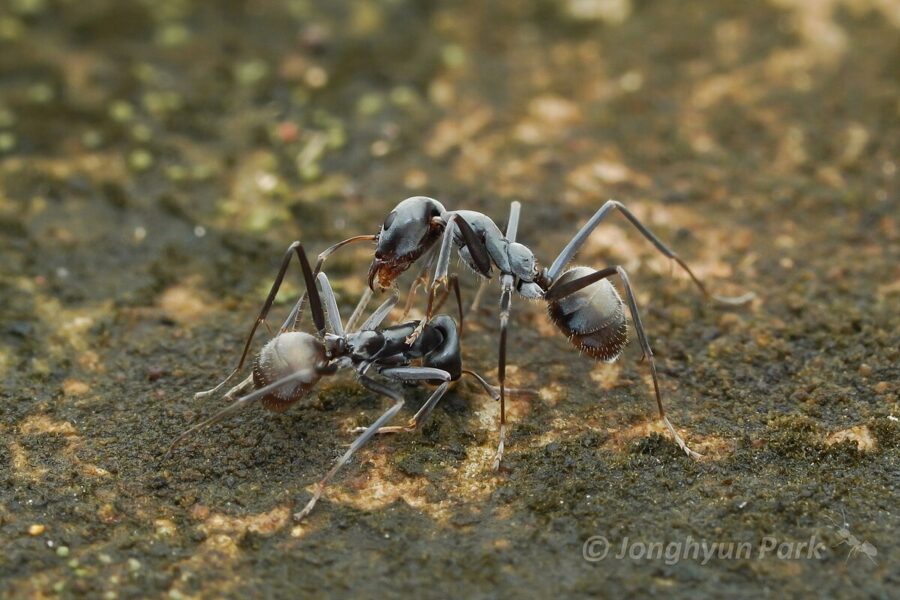
Opportunities for curriculum links are only limited by imagination. Biology teaches us about how nutrients cycle in a woodland and can help us realise how technical nutrients could cycle in product design. Chemistry shows us how nature creates infinite shapes and forms using simple formulas which degrade back into their constituent elements and compounds. Physics demonstrates how forces can be harnessed to reduce energy use. Technology and engineering can use the science of nature to build new products, processes, and systems that elegantly mirror nature’s sustainability.
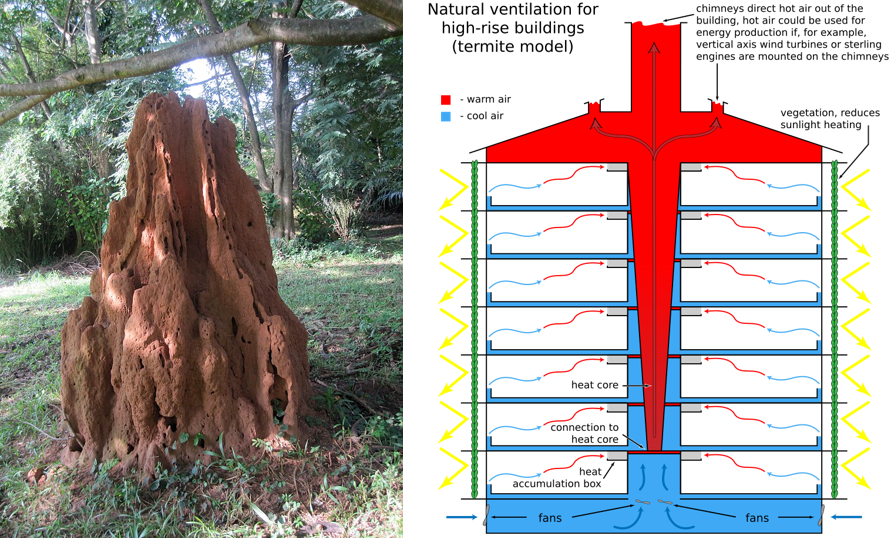
Natural Entrepreneurs provides a step-by-step guide to using biomimicry to solve the challenges of today and shape the future. It does this through the Biomimicry Design Process, which guides students through the stages of finding a challenge of relevance to them, understanding what a solution will need to do to be successful, and writing research questions to explore nature. Armed with research questions, for example, “how does nature conserve heat?” students start to explore how different species in nature do this and understand their strategies. These are translated back into human terms and then applied into students’ design solutions. A final design solution emerges, based on nature but addressing a real-world sustainability challenge.
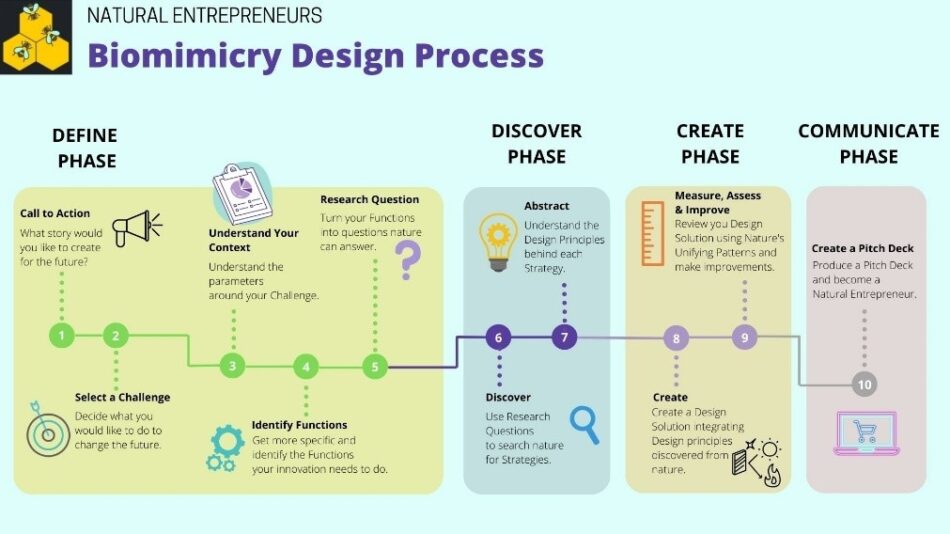
The feedback from students for Natural Entrepreneurs has been enthusiastic: “I enjoyed the most the last part where we were creative, practical, and innovative with real tasks,” and “I enjoyed being an inventor and using biomimicry to solve problems, invent new things.” (Croatian students). Teachers agree: “Natural Entrepreneurs does not only appeal to students that are interested in biology or design, but also more entrepreneurial students that like economic projects.” (Dutch teacher, 2022).
Biomimicry provides a coherent fit across science disciplines, offering content and application within a meaningful context. Pedagogically, biomimicry is attractive because it supports a move towards inquiry-based learning. It is also satisfying for teachers wishing to make use of the outdoor environment and reconnect their learners with nature. It can be seen as a unifying theme which links subject content with issues that students care about and that could be important for their careers in the future.
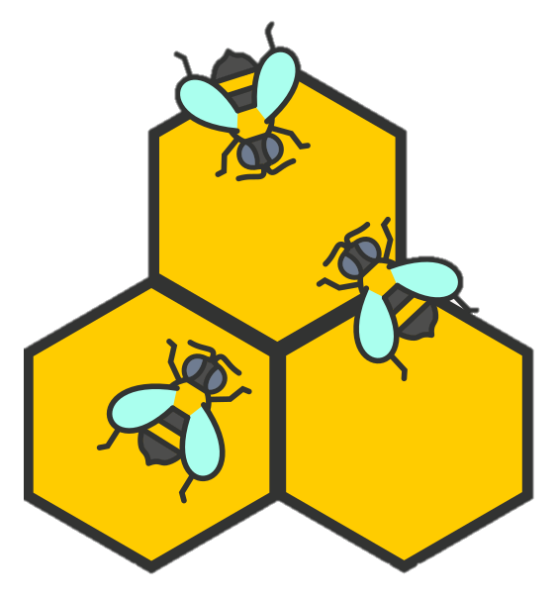
Natural Entrepreneurs launched its full biomimicry online platform in January 2023. Schools will find a supportive step-by-step process to guide students through their biomimicry design journey, and an associated set of teacher resources and class activities for both indoor and outdoor exploration of biomimicry. If you would like to work with Natural Entrepreneurs please do get in touch, or visit www.natent.eu.
[1] Baumeister D et al. (2014) Biomimicry Resources Handbook: A Seed Bank of Best Practices. Biomimicry 3.8. ISBN: 978-1505634648
[2] Engineering and design teaching guide: https://www.learningwithnature.org/wp-content/uploads/2015/06/Engineering_Inspired_by_Nature_curriculum_preview.pdf
[3] Blog piece about biomimicry: https://naee.org.uk/exploring-biomimicry/
[4] Shi NN et al. (2015) Thermal Physiology. Keeping Cool: Enhanced optical reflection and radiative heat dissipation in Saharan silver ants. Science 349: 298–301. doi: 10.1126/science.aab3564
[5] Justo-Reinoso I et al. (2021) Aerobic non-ureolytic bacteria-based self-healing cementitious composites: A comprehensive review. Journal of Building Engineering 42. doi: 10.1016/j.jobe.2021.102834

Integrate key principles from biology, chemistry, and engineering with a set of experiments based on…
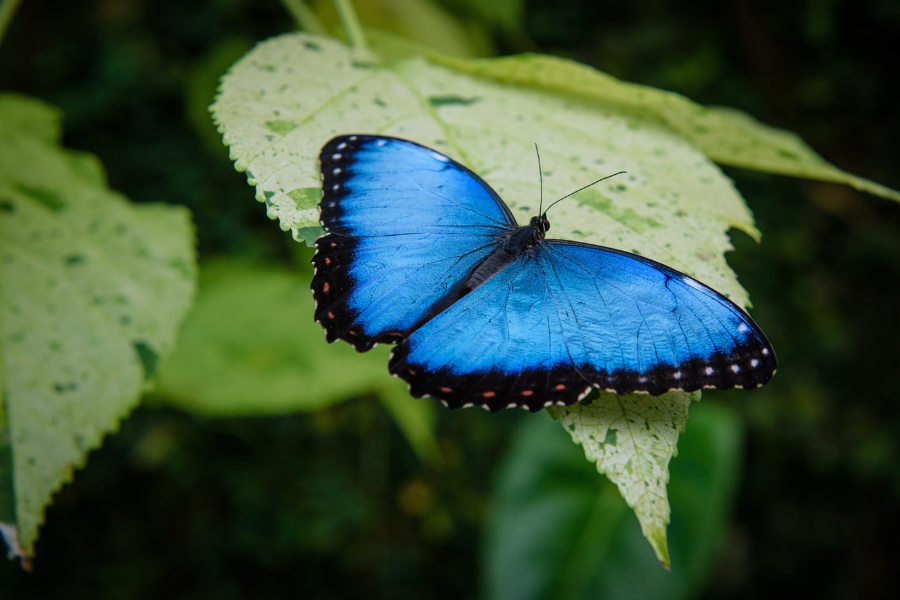
Have you ever seen a blue cow? A blue apple? Or a blue tree? Blue is rare in nature, so why are some plants and animals…
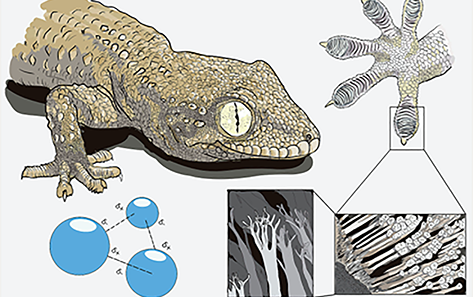
Engaging with biomimetic design encourages students to explore the principles of form and function in relation to evolutionary…